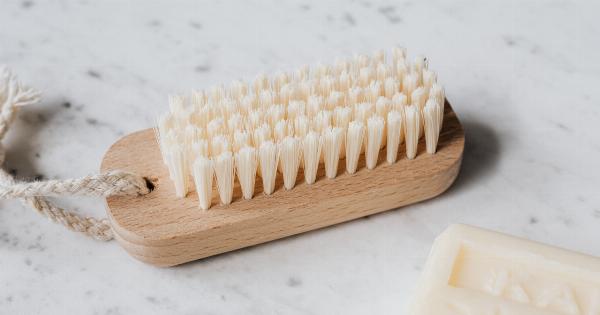Do you find yourself constantly sneezing, wheezing, or struggling with allergies in your own home? If so, you are not alone. Many people suffer from symptoms such as nasal congestion, itchy eyes, and asthma attacks in their own homes.
This can be incredibly frustrating and disruptive to daily life. But, what is causing these symptoms? Could it be that your house is making you sneeze and wheeze? Let’s explore the potential culprits and how to alleviate these issues.
Dust Mites: The Sneaky Allergen
Dust mites are microscopic creatures that live in our homes and feed on dead skin cells. While they themselves are not harmful, their droppings can trigger allergic reactions in sensitive individuals.
Dust mites thrive in warm, humid environments, such as your bedroom and living room carpet, bedding, and upholstery. They can trigger symptoms like sneezing, coughing, and itching in those who are allergic to them.
Pollen: Sneaking In Through Windows and Doors
During allergy seasons, pollen can make its way into your home through open windows and doors. This can cause symptoms such as sneezing, runny nose, and itchy eyes.
While it may not be possible to completely avoid pollen exposure, there are measures you can take to minimize its effects, such as using air purifiers and keeping windows closed during high pollen days.
Mold: A Hidden Menace
Mold loves damp and dark environments, making it a common problem in bathrooms, basements, and areas with water damage. When mold spores are inhaled, they can trigger allergic reactions and respiratory issues.
If you suspect mold in your home, it’s crucial to address the underlying moisture issue and promptly remove the mold to improve air quality and reduce allergy symptoms.
Pet Dander: The Furry Friend Paradox
For those with furry friends, pet dander can be a significant allergen. Even if you don’t have a pet allergy, the dander can easily stick to clothes and be carried into your home, causing sneezing, wheezing, and other allergy symptoms.
Regular grooming, vacuuming with a HEPA filter, and creating pet-free zones can help minimize pet dander in your home.
Chemical Sensitivities: What’s in Your Cleaning Products?
Many household cleaning products, air fresheners, and even certain building materials contain chemicals that can trigger allergic reactions and respiratory issues.
Ingredients like formaldehyde, ammonia, and fragrance can be particularly problematic for sensitive individuals. Opting for natural, fragrance-free cleaning products, improving ventilation, and minimizing the use of harsh chemicals can help reduce these symptoms.
Dust and Dander: Keeping Up with Cleaning
Regular cleaning is essential for maintaining good indoor air quality. Dust, dander, and other allergens can accumulate on surfaces, carpets, and upholstery, leading to allergy symptoms.
Vacuuming with a HEPA filter, dusting regularly, and washing bedding in hot water can help keep allergen levels low. Additionally, using allergen-proof covers for mattresses and pillows can provide an extra layer of protection against dust mites.
Air Quality: Breathing Easier with Proper Ventilation
Poor indoor air quality can exacerbate allergy symptoms. Without proper ventilation, allergens can build up indoors, leading to respiratory issues.
Opening windows, using exhaust fans in bathrooms and kitchens, and investing in air purifiers can help improve indoor air quality and reduce allergen levels.
Humidity: Finding the Balance
Excess humidity in your home can create a breeding ground for mold and dust mites. On the other hand, low humidity levels can dry out nasal passages, making you more susceptible to allergens.
Maintaining a humidity level between 30-50% can help prevent excessive moisture and keep allergens at bay.
Bedroom Sanctuary: Creating an Allergy-Free Zone
Since we spend a significant portion of our time in our bedrooms, it’s crucial to create an allergy-free sanctuary. Start by investing in hypoallergenic bedding and pillow covers to prevent dust mites.
Regularly washing bedding in high temperatures can also help eliminate allergens. Additionally, keeping pets out of the bedroom and using an air purifier can further reduce allergen exposure while you sleep.
Seeking Professional Help: When All Else Fails
If you have tried various measures to improve your indoor air quality and alleviate allergy symptoms without success, it may be time to consult a professional.
An allergist or indoor air quality specialist can help identify specific allergens in your home through testing and provide guidance on effective solutions.
Conclusion
Your house should be a place of comfort and peace, not one that triggers your sneezing and wheezing.
By understanding the potential allergens lurking in your home and implementing the necessary measures to minimize their presence, you can create a healthier living environment for you and your family. Don’t let your house make you sneeze and wheeze any longer – take action today.






























